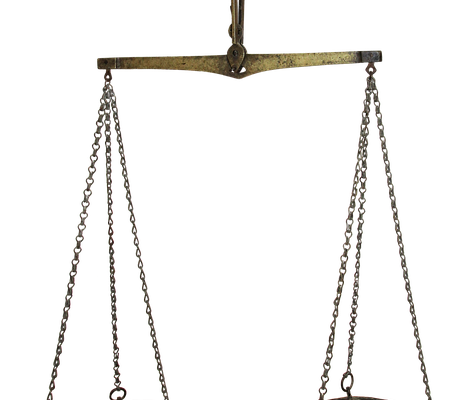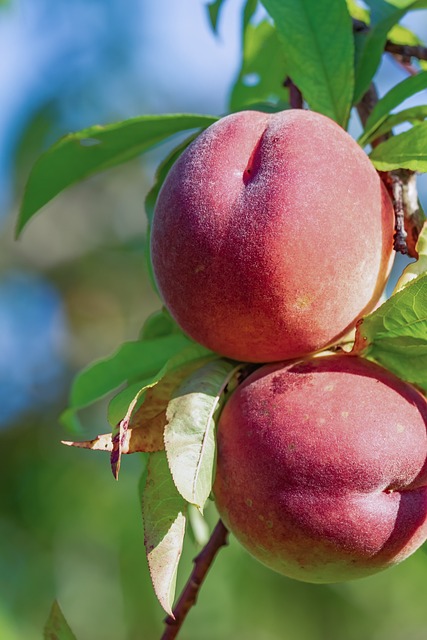The 80/20 diet is based on the Pareto Principle, which states that 80% of outcomes (or outputs) result from 20% of causes (or inputs). It recommends consuming healthful foods 80% of the time and resting the other 20%. This is not a diet but rather an attitude that is up to individual interpretation.
The Pareto Principle is a well-known phenomenon that relates to many different aspects of life. According to studies, 20% of books account for 80% of all library lending. The principal’s creator, Italian economist Vilfredo Pareto, discovered in 1906 that 20% of Italians owned 80% of the country’s wealth. The 20/80 diet applies this scale to an eating plan. It turns out it is one method to get good nutrition without sacrificing oneself for the enjoyment of eating.
Diet Plan for 7 Days
The 80/20 diet allows for an infinite number of meal options. The following is an example of eating 80% healthy foods and 20% treats. It is important to note that what is considered “healthy” or “unhealthy” is subjective, and there are no items that must be completely avoided while eating a well-balanced diet in moderation.
- Day 1: California summer vegetable omelet with bacon vinaigrette: spinach and radicchio salad with warm bacon vinaigrette, turkey sandwich on bread, two chocolate chip cookies with milk, and pineapple salsa with chipotle-lime chicken thighs
- Day 2: Maple pumpkin pie buckwheat groats with fresh blueberries; portable tuna pockets; miso-marinated steak with bok choy stir-fry and brown rice; milk chocolate brownie
- Day 3: Sweet potato falafel with za’atar yogurt sauce, a small bag of salt and vinegar kettle chips, diet Coke; habanero cheese grits with pan-blackened fish, green salad
- Day 4: Vegetarian hummus morning bagel with grapefruit; chili and lime roasted meatless Buddha bowl with the apple and nut butter; 2 pieces takeout pizza, spring green salad with vinaigrette, and steamed broccoli with lemon.
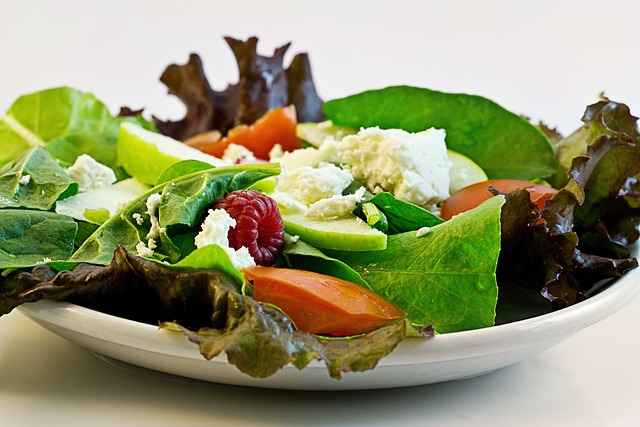
- Day 5: Broiled top breakfast frittata with tomatoes and broccoli; yogurt with banana & chia seeds; stuffed roasted sweet potato with kale and lentil; beef, brown rice, and mushroom soup, whole-grain roll along with a side green salad
- Day 6: Croissant and latte from a coffee shop, apple, walnuts; chocolate chia smoothie; cheese and veggie enchiladas; carrots and hummus; chicken Caesar salad with vinaigrette dressing; potato, leek, and white bean soup
- Day 7: Greek yogurt blender pancakes with maple syrup and berries; cup of tomato soup with a slice of cheddar cheese; cheeseburger with a side salad; strawberry sweet potato toast; and Vietnamese vermicelli with chili sauce and meat.
What You Can Consume
On the 80/20 diet, you can eat whatever you want as long as you follow the idea of consuming nutrient-dense foods for 80% of your meals and snacks. To get the most out of this program, make sure your 80% consists of a mix of nutrient-rich meals. Concentrate on whole foods, such as whole grains. These foods are often recognized as having a nutritional balance.
Complete Grains
Whole grains provide carbohydrates for energy as well as fiber, vitamins, minerals, and protein.
- Rice (brown)
- Products made with 100% whole wheat bread and pasta
- Oatmeal
- Quinoa
Vegetables and fruits
Fruits and vegetables are entire foods that are high in essential nutrients. These foods have high fiber content and are naturally low in calories.
- Greens with a lot of leaves
- Potatoes
- Zucchini
- Carrots
- Broccoli
- Mushrooms
- Melons
- Berries
- Citrus
- Apples
- Peaches
Choose Proteins that are lean
Build your meals around lean protein sources. Try to stay away from trans fats as much as possible.
- Meat that is lean
- Dairy with a low-fat content
- Legumes
- Seafood and fish
- Protein derived from soy
Saturated Fatty Acids
You may opt to consume higher-fat foods for 20% of your calories, but portion management and moderation are still vital.
Carbohydrates and sugar are two types of carbohydrates.
As with saturated fats, moderation is crucial when it comes to carb and sugar consumption. You can have some pasta or white bread, but not the entire loaf. The same is true for processed foods that you may choose to include in your 20% “less healthy” calorie allowance.
Alcohol
You may prefer to abstain from drinking most of the time. Then, once a week or so, you are allowed to enjoy a beer with friends or a glass of wine with supper.
What You Shouldn’t Eat
On the 80/20 diet, there is nothing you cannot eat, and while you should consume just 20% of “unhealthy” or “indulgent” foods, whatever foods form this 20% are open to interpretation and personal opinions. Some people believe that anything that isn’t “whole food,” such as bread products instead of raw grains, is harmful, whereas others believe that candy, dessert, and chips are unhealthy.
Tips for Preparing the 80/20 Diet
Following the 80/20 rule means eating a “clean” diet 80% of the time and allowing oneself a few indulgences 20% of the time.
Many people do this by focusing on nutrient-dense foods during the week and relaxing a little on the weekends. Others may choose to eat a small amount of fatty food every day or some other combination.
The strategy allows you to indulge on a regular basis without feeling like you’re cheating on your diet. For many people, this can be a balanced approach to a healthy diet and lifestyle.
If you’re following this eating plan to lose weight, keep in mind that even your 20% indulgences should be done in moderation. You can gain weight if you overdo it. Of course, you will gain weight if you overeat any food, including nutritious food.
If you are unable to lose weight or are gaining weight while following the 80/20 diet, you might consider making a change. Adjustments may include greater exercise, calorie counting to ensure a deficit, more careful portion control, or switching to a 90/10 approach.
Shopping List Example
There are no specific things to buy or avoid, but focusing on nutritious, whole foods and a few decadent snacks while shopping will assist. This is not a fully comprehensive list, and other foods may be more suitable for you.
- Complete grains (oats, whole grain bread, brown rice)
- Fruit (leafy greens, zucchini, asparagus, potatoes) (apples, citrus, melons, berries, bananas)
- Protein that is lean (chicken, beef, eggs, fish)
- Milk and dairy products (milk, yogurt, cottage cheese, cheese)
- Your favorite foods (chips, cookies, dark chocolate, ice cream)
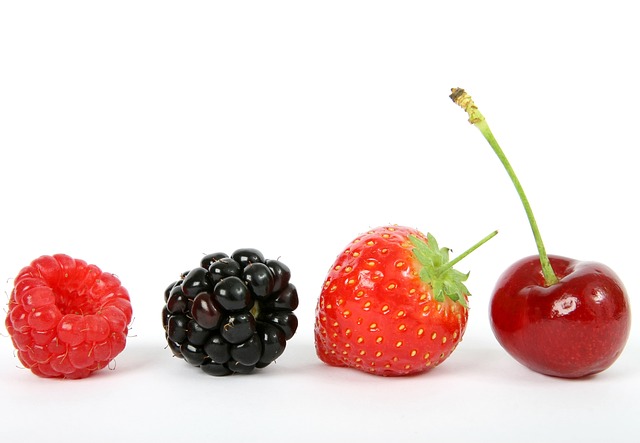
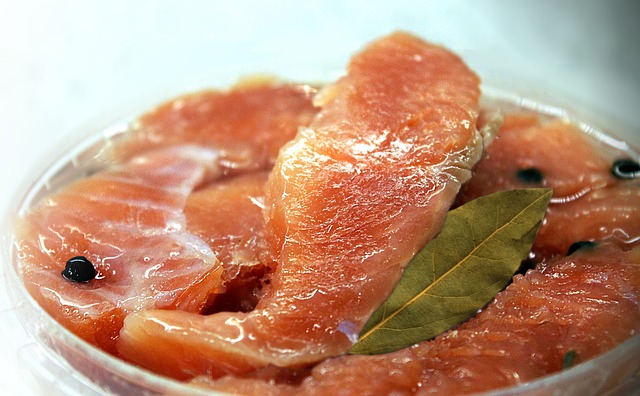
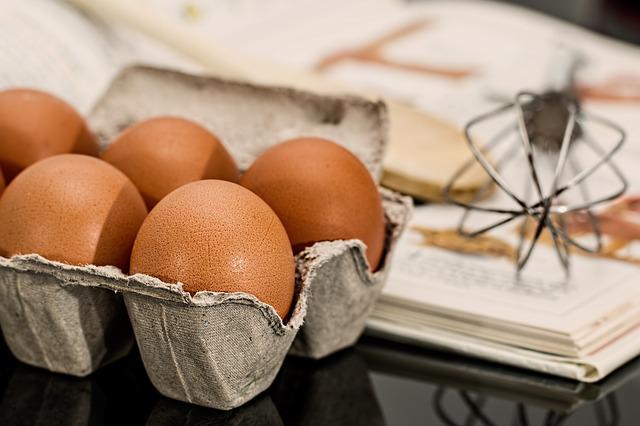
Advantages of the 80/20 Diet
This eating style has numerous advantages.
- Simple to carry out: The 80/20 diet is not a famine-or-feast approach. Your meals and indulgences are all covered. The sole difference is their respective proportions.
- There will be no counting: There’s no need to track your food intake using apps or meal diaries or to measure calories or carbs.
- There are no foods to avoid: No food is forbidden on the 80/20 diet. You can do everything you want, but not all of the time.
- There is no deprivation: You can still have indulgences like a meal at a restaurant or birthday cake and ice cream if you host a party or a special night out.
- Encourages good habits: Because you eat nutritious foods 80% of the time, you learn healthy cooking methods and grocery-buying strategies.
Acceptable for all dietary requirements: Because no items are required or entirely prohibited, anyone can try this diet. So, if you are gluten-free, vegan, diabetic, or allergic, the 80/20 diet may be suitable for you.
The 80/20 Diet’s Drawbacks
Even if this plan is easily modified, there are a few downsides.
- It might not work for everyone: If you currently consume high-fat, high-calorie foods on a daily basis, the 80/20 diet will most certainly help you lose weight—at least initially. Most of the time, you will need to eat lower-calorie items. As a result, you should consume much fewer calories overall and lose weight. However, if your present diet is quite healthy, a calorie deficit substantial enough to result in weight reduction is unlikely. To reduce weight, you may need to assess your caloric intake and change your energy balance.
- The structure may be lacking: The 80/20 rule should not be used as an excuse to overeat or overindulge. Even on your most relaxing days, you should maintain moderation. The main difference is that you are less picky about your food. You could have a slice of chocolate cake after supper. However, if you eat more than a slice of cake, you are not following the 80/20 principle and will not experience any weight loss. If you require stricter constraints to stick to an eating plan, the 80/20 diet may not be for you.
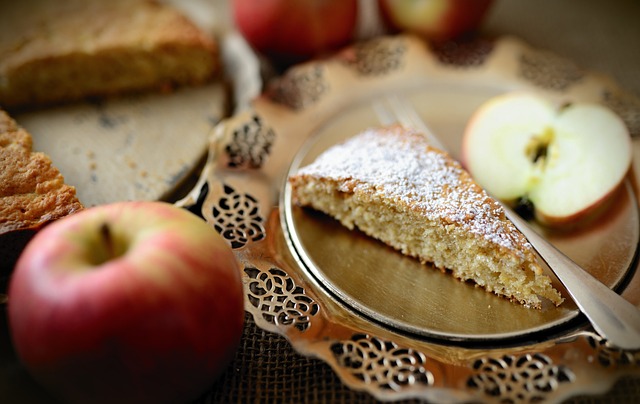
Is the 80/20 Diet a Good Option for You?
The 80/20 diet adheres to professional recommendations and is similar to other moderate weight-loss strategies due to its flexibility and lack of restriction. The USDA’s MyPlate guidelines, for example, recommend a balanced eating plan of moderate portions of cereals, lean meats, fruits, vegetables, and low-fat dairy products3, which accords with the ideas of the 80/20 diet.
The USDA recommends a daily calorie intake should be 1500 calories for women and 2000 calories for men for weight loss. However, these values can vary depending on age, gender, exercise level, and weight. The 80/20 diet does not provide a calorie count (which is one of the reasons it is simple to follow).
To Conclude
Consider the 80/20 diet if you want to keep your eating habits healthy. It is many people’s preferred diet because it provides both balance and gratification.
If you want to meet your goal of losing weight, you may need to change the 80/20 guideline to a 90/10 diet. After losing weight, you may be able to return to the 80/20 plan for long-term maintenance because it is straightforward to follow.
